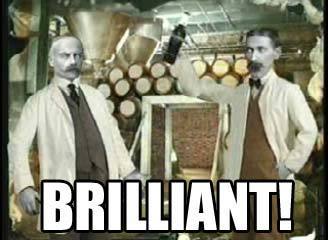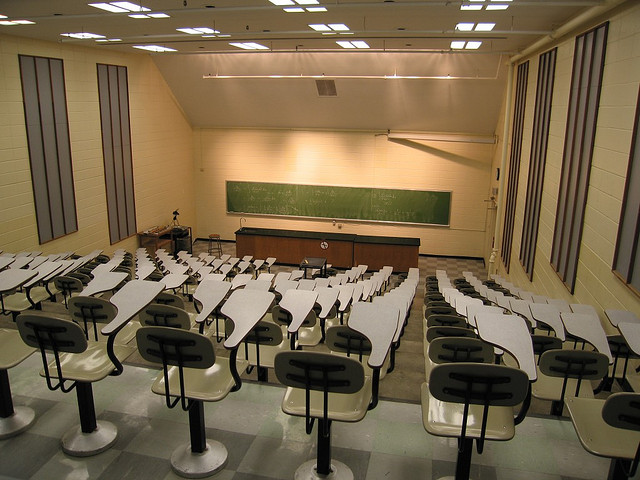The Atlantic published an essay from Christine Gross-Loh entitled, “Should Colleges Really Eliminate the College Lecture?” This follows a similar op-ed published in the New York Times, “Lecture Me. Really.” Is there someone out there assaulting lecturers? Are there colleges out there eliminating the lecture? Is there even a college out there that could force an elimination if they tried? What is this really about? There is a growing and substantial body of research that suggests the importance of engagement and active learning. This scholarship has led to calls to reduce the frequency (more importantly, the length) of lectures in favor of engaging students in the classroom. Clearly, those who believe in the power and potential of lectures feel under threat. Yet, the research is clear that the inclusion of active learning helps students learn content better. The defense of the lecture in the Atlantic essay is long on anecdotal support for lecturing and wrong in numerous ways. In response, I want to respond to a few of the most inaccurate passages as a response to the Atlantic and underline my central argument: active learning doesn’t harm students.





